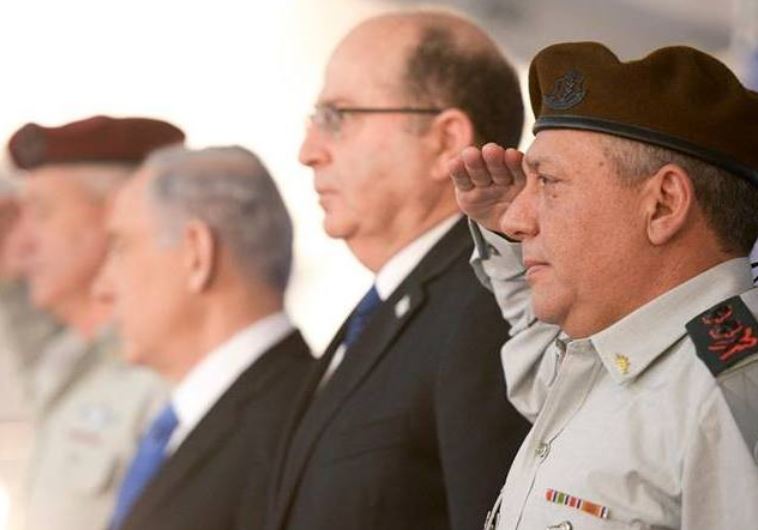'We must be ready for the possibility of war with Iran in 10 - 15 years'
Once it receives approval, the Gideon plan will aim to transform the IDF and place war readiness at the heart of everything.
 IDF chief of staff Gadi Eisenkot (R), Defense Minister Moshe Ya'alon, and Prime Minister Benjamin NetanyahuUpdated:
IDF chief of staff Gadi Eisenkot (R), Defense Minister Moshe Ya'alon, and Prime Minister Benjamin NetanyahuUpdated: